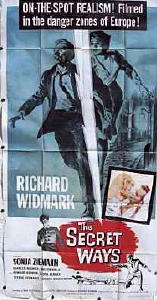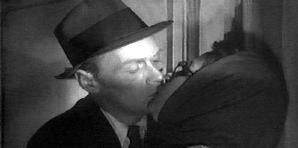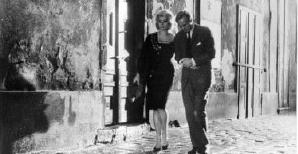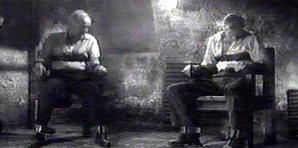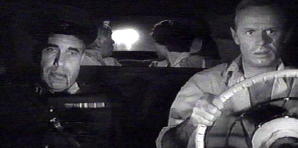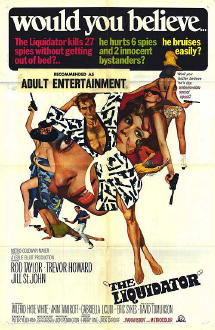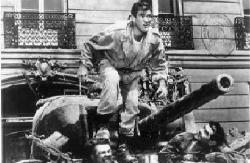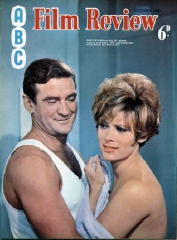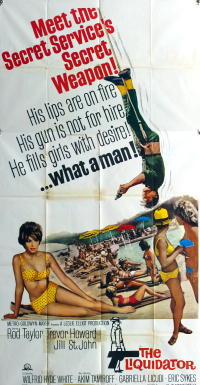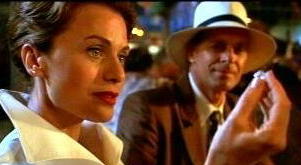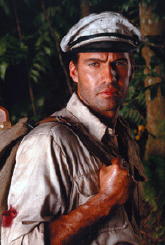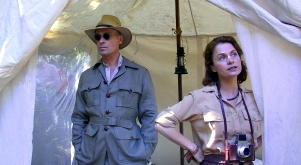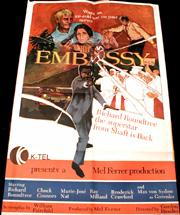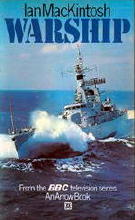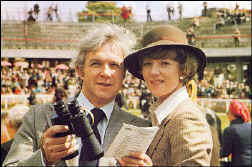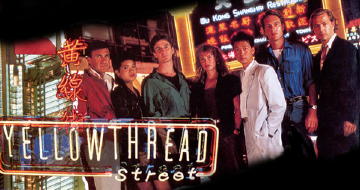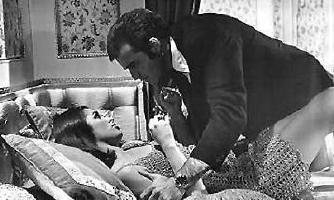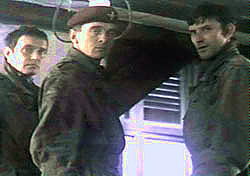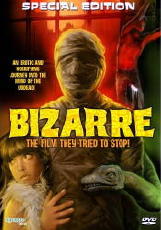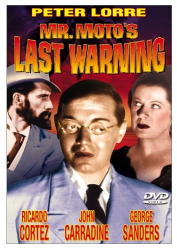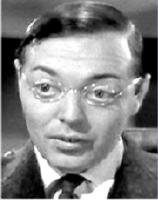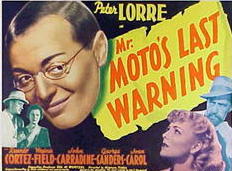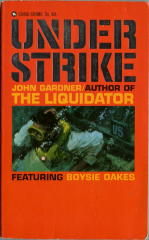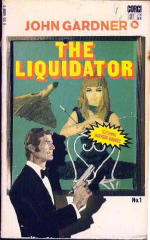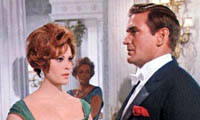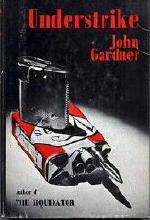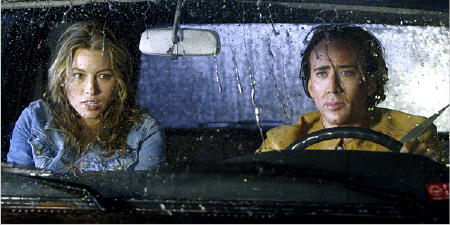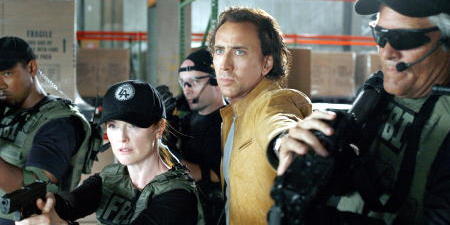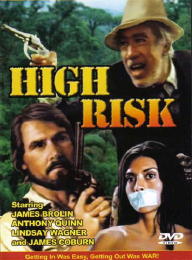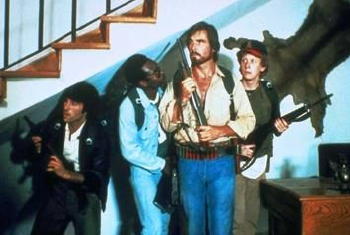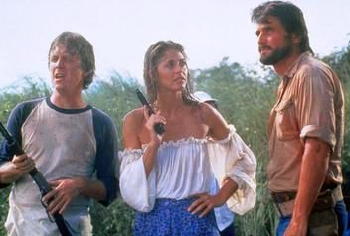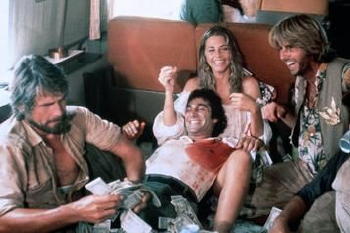Mon 27 Apr 2009
Movie Review: SABOTAGE AGENT (1943).
Posted by Steve under Reviews , Suspense & espionage films[4] Comments
SABOTAGE AGENT. MGM-UK, 1943. Aka The Adventures of Tartu. Robert Donat, Valerie Hobson, Walter Rilla, Glynis Johns, Phyllis Morris, Martin Miller. Director: Harold S. Bucquet.
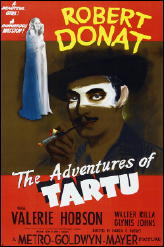
The title of this movie is so generic that when I taped this from the TCM channel last week, I didn’t know that this is the one I was taping. I had, in fact, never heard of Sabotage Agent before, that Robert Donat was in it didn’t register with me, and except for the title, I had no idea what it was about. Which stretches the truth a little, if not a lot, because what the movie’s about, the title says it all.
But with all that as a lead-in, I have to tell you that watching the movie last night was both a pleasure as well as a surprise — even while fully realizing its built-in limitations and how high a rating I could honestly give it. I’ll get back to this in a minute; let me tell you about some of the pluses first.
It’s a propaganda film for the British home front, that seems obvious, but how stirring it must have been to see one man, a British officer (Robert Donat as Captain Terence Stevenson), disguise himself as a Romanian long enough to infiltrate the Nazi occupation force in Czechoslovakia long enough to blow up a chemical plant that was in the process of building a deadly arsenal of poison gas about to be delivered to England in the next wave of bombs to be dropped?
If you were to say “whew” to that last sentence, then deservedly so, as neither does the story in Sabotage Agent allow the viewer to sit back and recognize all of the flaws of the plot, and how unlikely it all is, as it roars on by.
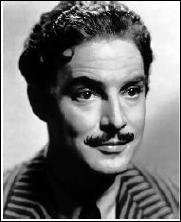
Donat, who won an Oscar as “Mr. Chips,” wasn’t about to win another one for this film, but he manages to stay balanced on a keen edge between being charming and sincere and ostentatiously flamboyant, only to turn visibly discouraged and disheartened at seeing the excesses (and sheer brutality) of the Nazi rule.
If his career hadn’t been suppressed by his own frailties (asthma), I think he could have been his generation’s equivalent of Charlie Chaplin.
Valerie Hobson plays a Czech woman who finds life with the Nazis is far more palatable by fraternizing openly with them, a game that Donat soon sees through, but making contact with the entire Czech underground proves more of a challenge. A young Glynis Johns probably hardened many a British heart against the Nazis, as her character shows what patriotism is all about.
Unfortunately for the film, Captain Stevenson’s job is made all the easier by the sheer stupidity of the Nazi occupiers, both in the particular and in general, as overall strategists. That plus the fact that none of them seem to be able to shoot straight, in a ending straight out of the B-western or Saturday serial genre, keeps this film from being better known than it is, a curiosity out of the dark days of World War II.


